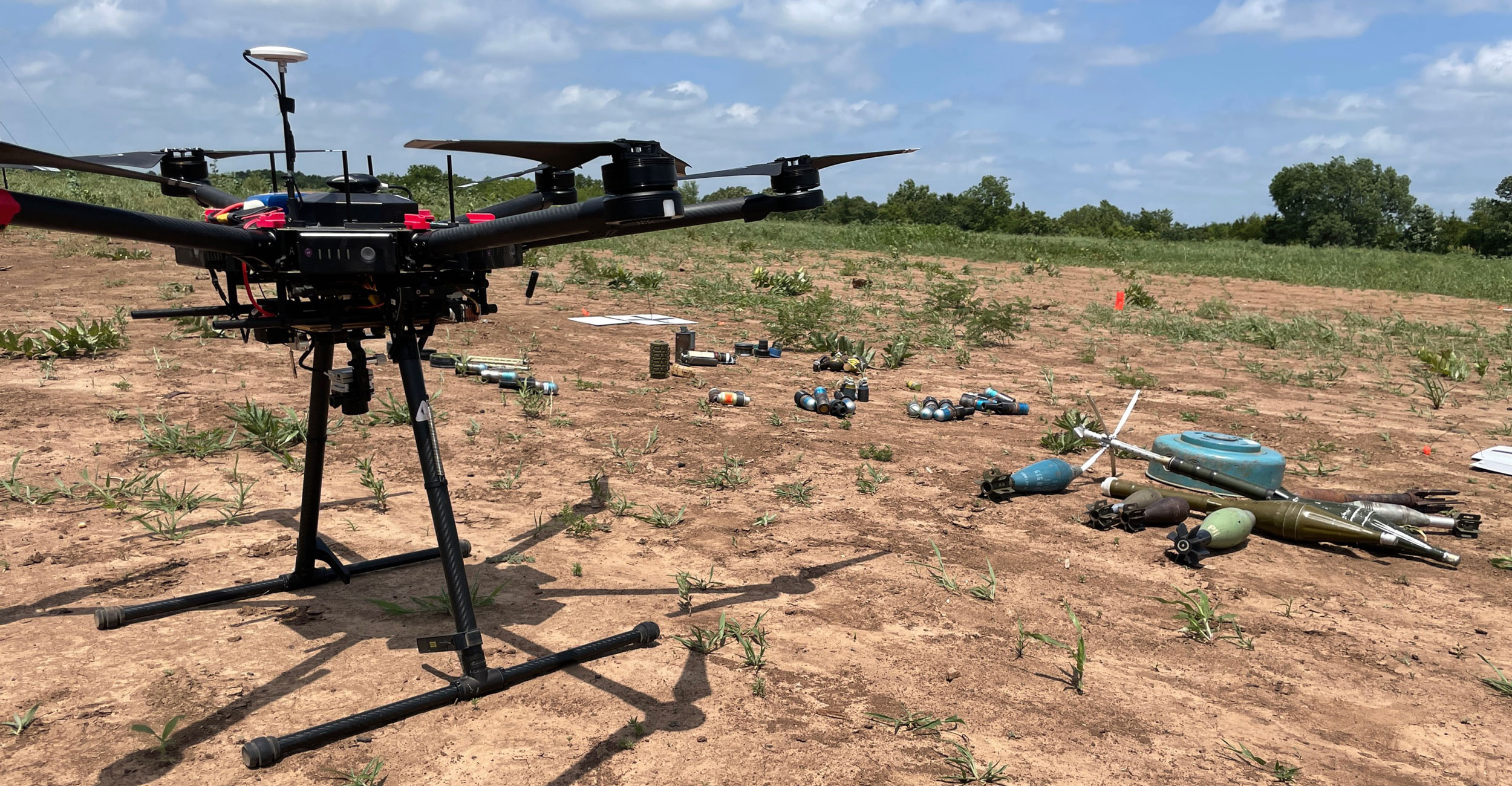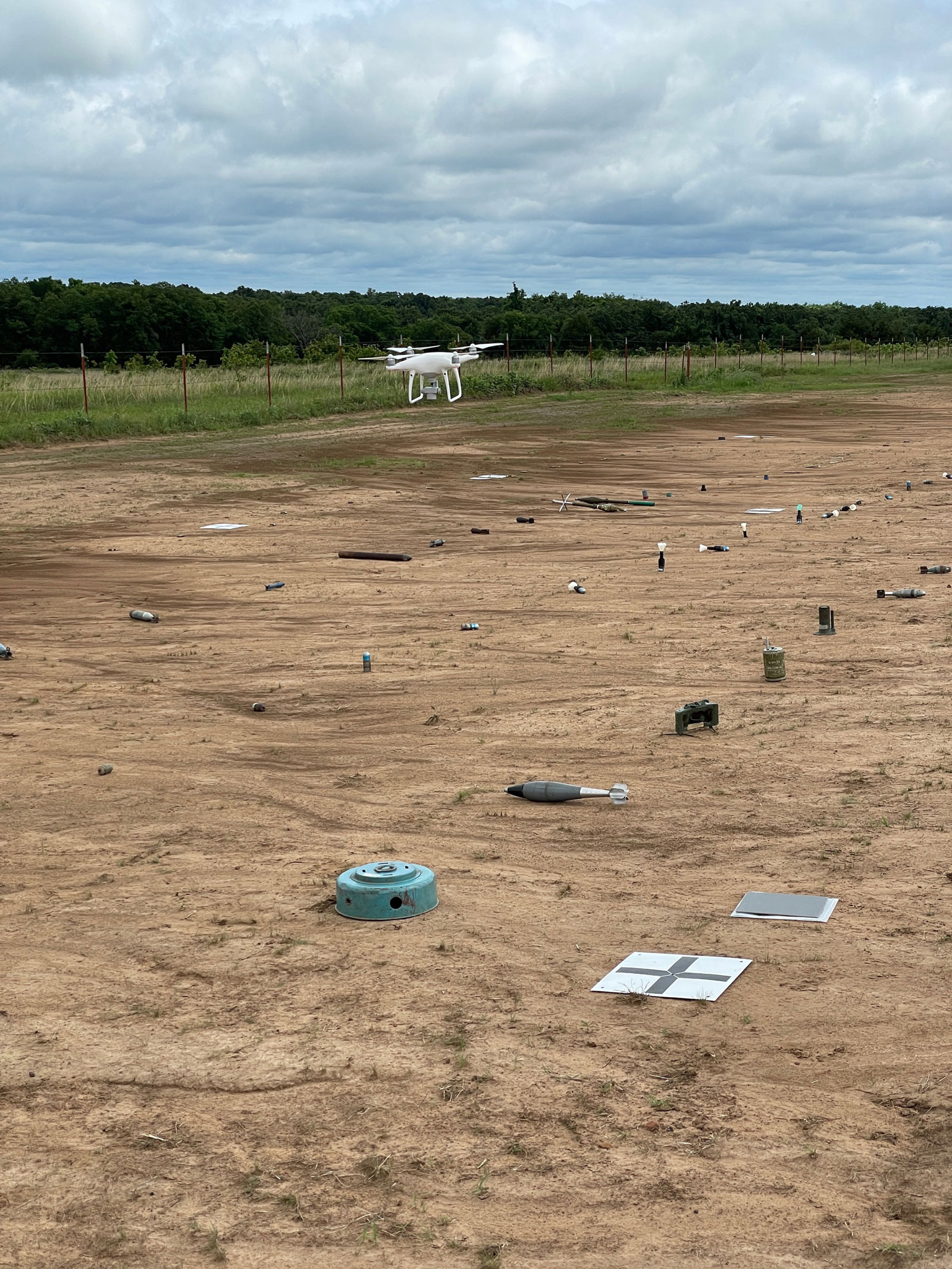
OAIRE named to ‘Fast Company’s’ Next Big Things in Tech List
Tuesday, November 28, 2023
Media Contact: Mack Burke | Associate Director of Media Relations | 405-744-5540 | mack.burke_iv@okstate.edu
List recognizes tech breakthroughs across industries that promise to transform the future
The Oklahoma Aerospace Institute for Research and Education at Oklahoma State University has been named to ‘Fast Company’s’ third annual Next Big Things in Tech list, honoring technology breakthroughs that promise to shape the future of industries — from health care and security to artificial intelligence and data.

This year, 119 technologies developed by established companies, startups, or research teams are highlighted for their cutting-edge advancements and potential to impact consumers, businesses and society overall. While not all of the technological developments are available in the market yet, each one is reaching key milestones in order to have a proven impact in the next five years.
“The Next Big Things in Tech is not just a look around the corner — it's a look around the corner after that,” said Brendan Vaughan, Fast Company editor-in-chief. “These are the products and ideas that will define technological innovation for the rest of this decade and beyond — and solve some of the world's most pressing issues. We are thrilled to honor the organizations that are making them a reality.”
OAIRE’s nomination cited a variety of projects and initiatives with a focus on its work with the OSU Global Consortium For Explosive Hazard Mitigation (OSU GCEHM), which is based at the OSU Center for Health Sciences. OAIRE helped find an innovative approach to landmine detection that could save lives on a global scale: utilizing drone technology and machine learning for mine detection and mitigation.
The approach adds a layer of efficiency and accuracy to drone detection while removing the need for humans to identify and handle dangerous explosives.
Leveraging research from the Demining Research Community (DRC), drones can detect landmines with up to 92% accuracy. A significant issue like landmine detection and detonation requires advanced collaboration. The partnership that resulted in the drone-detection innovation was a collaborative effort — DRC’s machine learning algorithm could pinpoint landmines and unexploded ordnances (UXO); OAIRE helped collect data to train artificial intelligence, which supported the system; and OSU GCEHM provided test ranges and inert explosives for collecting crucial data.
“As land-grant university committed to using research to help solve society’s most pressing problems, OSU played a crucial role in facilitating the explosive-ordnance-disposal field laboratory on which researchers from DRC could train their drone-based, machine-learning-powered detection system to find dangerous explosives,” said Dr. Jamey Jacob, OAIRE executive director. “The result meant a paradigm shift from the original human-led process.”
Aside from aiding in post-conflict drone detection, Jacob said the innovation is especially significant now since mines like the antipersonnel mine, developed by the Soviet Union and deployed in its war in Afghanistan from 1979-89, are similar to those currently being utilized by Russia in Ukraine.
“OAIRE, OSU GCEHM, and DRC’s drone-detection program presents a unique solution to a global humanitarian problem,” Jacob said. “With this drone-detection system, demining organizations around the globe are closer to making post-conflict countries safe while eliminating unnecessary casualties.”
OSU GCEHM, OAIRE and DRC played crucial roles in helping facilitate the innovative drone-detection approach, which has been lauded in various peer-reviewed journals including The Leading Edge, Journal of Conventional Weapons Destruction, and Remote Sensing, among others. A feature story about the innovation appeared in Scientific American and included a mini documentary from the test site in Oklahoma.
“By working collaboratively with our partners, the OSU Institute for Global Explosive Hazard Mitigation is becoming the world leader in a conscientious endeavor while offering opportunities for students across the globe,” said John Frucci, program director of the Arson, Explosives, Firearms and Toolmarks program. “From land mine mitigation to post conflict trauma support, the institute will have a global impact.”
Elizabeth Pollard is CEO of Cowboy Technologies and executive director of The Innovation Foundation at OSU, which houses OAIRE and the university’s applied research institutes. She said OAIRE and its partners have earned this recognition for their impactful work, which is indicative of the university’s land-grant mission.
“The transdisciplinary approach employed on this project allowed researchers from across and outside the OSU System to reach further together,” she said. “When we talk about our role as a land-grant university to address society’s most pressing challenges, this is a clear example that highlights the power of collaboration and innovation. I’m so proud of the OAIRE team, what they’ve managed to accomplish already and incredible new developments to come.”
